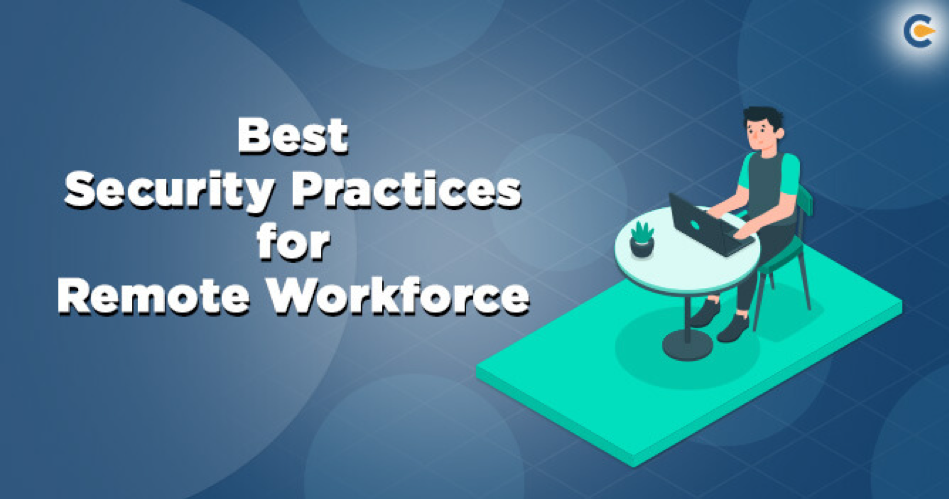The global workforce is being affected by one of the largest and fastest pandemic outbreaks we’ve ever experienced. Besides the health concerns and medical challenges ahead of us, we are facing a massive challenge to keep the economy stable and prevent people from losing jobs.
As a safety measurement, many companies have directed their employees to work from home in an attempt to reduce the spreading of the virus. While this might keep the workers safe from potential infections, it opens them up to a whole new type of risk – online security. Here’s why companies should ensure security for the remote workforce and overcome the unexpected challenges.
The Pros and Cons of Remote Work
Remote work brings plenty of benefits to employers. While allowing employers to keep their businesses running, remote work opportunities provide more freedom and space for workers to organize their day. During the Covid-19 quarantine period, employees won’t have to commute to work, which will save them significant amounts of time. This time can be used to organize the day and create a schedule to remain focused and productive.
However, despite all the attractive benefits, remote work brings more concerns than reliefs. For instance, working from home can be tiring for those who have never experienced it before. Between all the distractions and the inability to focus, remote work can turn into a real nightmare for those who are used to a traditional 9-to-5 shift.
By far the biggest challenge both businesses and workers are going to face is ensuring online security during the quarantine period. Experts have already sent a warning to workers and their superiors about the sudden growth of illegal online activities. With everyone using the internet to communicate and get work done during quarantine, hackers have plenty of opportunities to take advantage of this unfortunate situation.
Security Measures During Quarantine
Here are five crucial measures that will help you keep networks and devices protected during remote work activities:
Use a VPN – A virtual private network can go a long way when it comes to protecting devices that allow remote access to confidential data. A VPN hides the original IP address and encrypts all data and traffic that is sent to or from the device, thus making you appear anonymous online.
Avoid common mistakes – Mistakes such as re-using old passwords or clicking on shady links from email messages are the most common cause of cybersecurity attacks and data breaches. Read more about the common security mistakes and try to avoid them whenever possible.
Implement 2FA – 2FA or two-factor authentication is a login security procedure that requires you to verify the identity twice before entering an account. For instance, after you log in with a password, the system will ask you to confirm your login attempt on another connected device. This makes unauthorized access a lot less plausible.
Use a separate device - The sites and applications you use in your personal time could cause security risks and thus compromise the confidential data and networks related to work. If you have two laptops or tablets, consider using the spare device for work only.
Create a response plan – Last but not least, create a backup plan before you even face a security threat. Being prepared in time will help you react the right way and save what can be saved during a cyberattack during the work from time. You can follow the NIST guidelines to learn more about response plans and data backup solutions.
Getting Used to Remote Work
Overall, working remotely might seem like a challenge during the first couple of weeks of quarantine. However, as we get used to the new circumstances, this situation will turn into an opportunity to adjust and make the best out of our time. As long as you take security measures seriously, there shouldn’t be any concerns during remote work quarantine.



 714-333-9620
714-333-9620